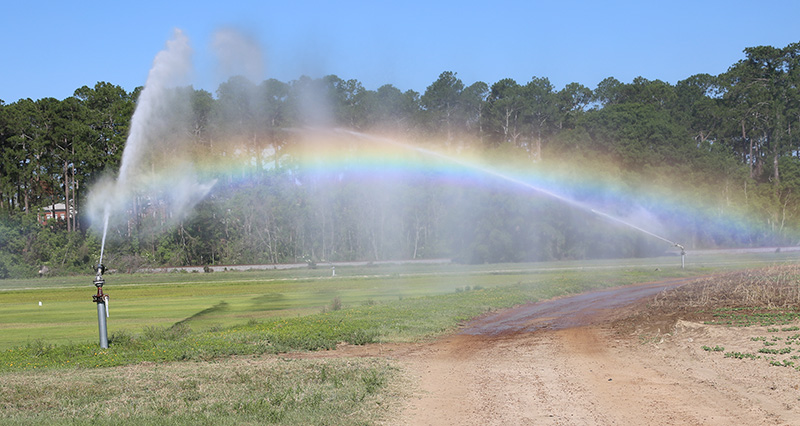Last week I had the honor of testifying before the House Agriculture Committee on the topic of “Climate Change and the US Agriculture and Forestry Sectors.” It was a long hearing that lasted almost five hours. My key points from the testimony are below. If you are interested in hearing the full hearing, you can view it on YouTube at https://www.youtube.com/watch?v=3qrl4e6Fmro. My 5-minute statement starts around minute 28.
Key Points
- Climate change is impacting agriculture and forestry by raising temperatures, which: affect the length of the growing season, degree days and chill hours; cause heat stress affecting livestock and outdoor workers; enhance evapotranspiration; and increase the likelihood of extreme events like floods and droughts, all of which have negative consequences on farm production.
- Agricultural and forest-based practices are affecting climate change by adding greenhouse gases to the atmosphere and altering the soil and land used for growing crops and livestock, adding to the rise in temperatures through release of methane and other greenhouse gases.
- Producers can reduce their emissions of greenhouse gases by using climate-smart agricultural practices such as using more cover crops and precision irrigation and by reducing food waste and overuse of fertilizers and other agricultural chemicals, which will help slow warming.
- Producers are already adapting to changes in climate by adding cover crops, changing crop and tree varieties, and adding new crops to their farms as well as adding cooling structures and irrigation; these actions can make their farms more resilient to changing climate and extreme weather.
- Farmers can benefit economically from conserving water, fuel, and labor now while they are helping to reduce climate change by managing their land and animals carefully.
- As farming and forestry become more technologically advanced, new management tools will require access to more and better local data to help producers make smart choices about how they manage their farms and forests for health, safety, and profit.
